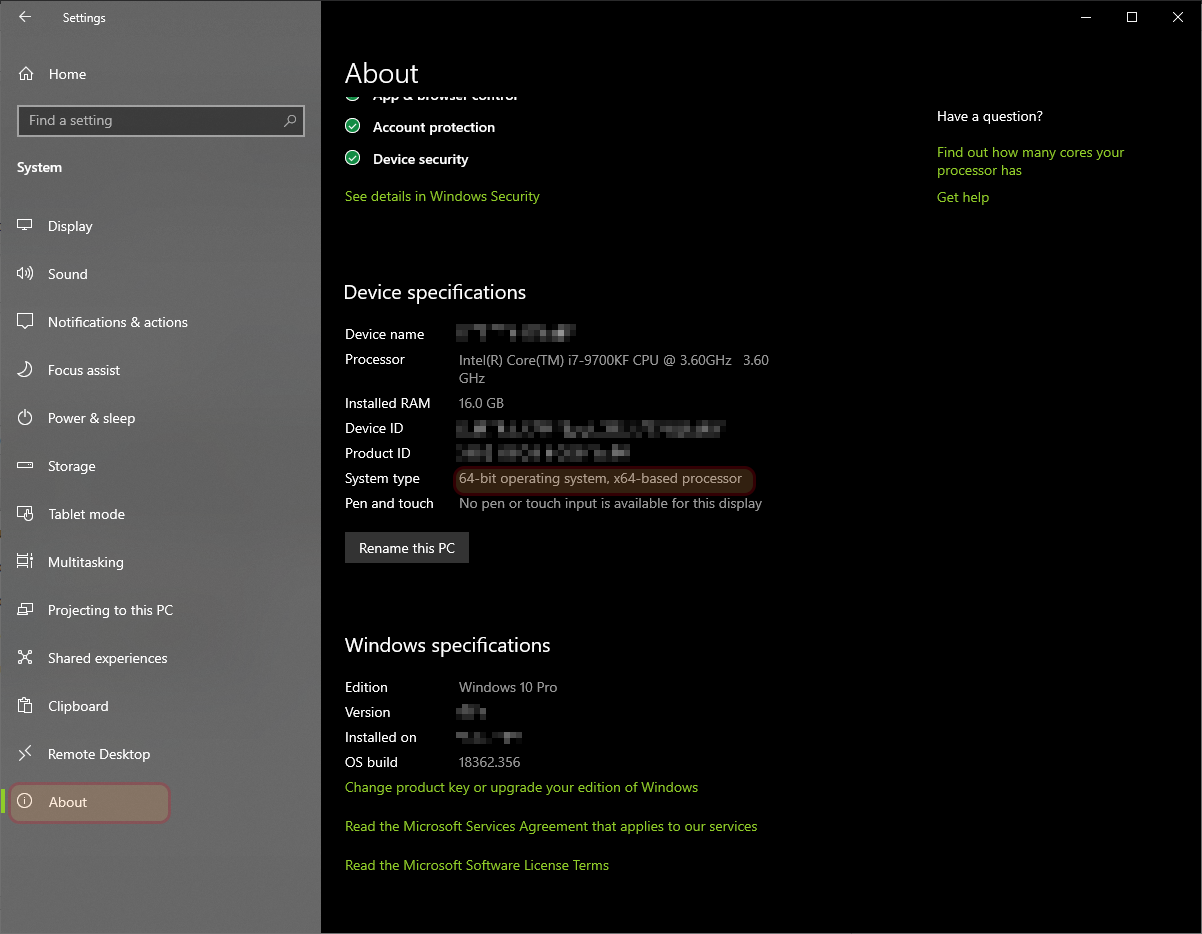
Next, we type the classic hello world output program: print ( 'Hello World!') We erase the code in the main editor screen: def main(): – you have installed PyScripter, but DON’T INSTALL Python itself. – you’ve probably installed 64-bit Python with 32-bit PyScripter (or vice versa) If not, then there are usually two options:

Once you’ve downloaded Python, let’s proceed with installing it. Choose the installer “Windows x86-64” for 64-bit machines or “Windows x86” for 32-bit machines.All versions of Python for Windows can be downloaded from the official website. *, You should download the corresponding version.ĭon’t forget to download the correct version for your Windows version (64 or 32 bits). The new stable version is 3.8.2.įor beginners, those who are just coming to Python, you can safely install the latest stable version. At this step, many questions arise, since there are many programs for the 2nd version of the Python programming language (for example, 2.7.1). We see the OS version (see image below).Right-click on “Computer” and select “Properties”.In Windows 7, you can see the OS version like this: Fix the version so that further at all stages the versions of the programs fit the OS.Your system type will display 64 bit or 32 (see image below).Then go to System and then About System.

Click the Start button and click Settings.We will be working in the Windows operating system.īefore installing Python, we have to clarify the Windows version – 64-bit or 32-bit. Installing and getting to know the new PyScripter IDE for use with the Python 2.7.1 or Python 3.8 programming language.


 0 kommentar(er)
0 kommentar(er)
